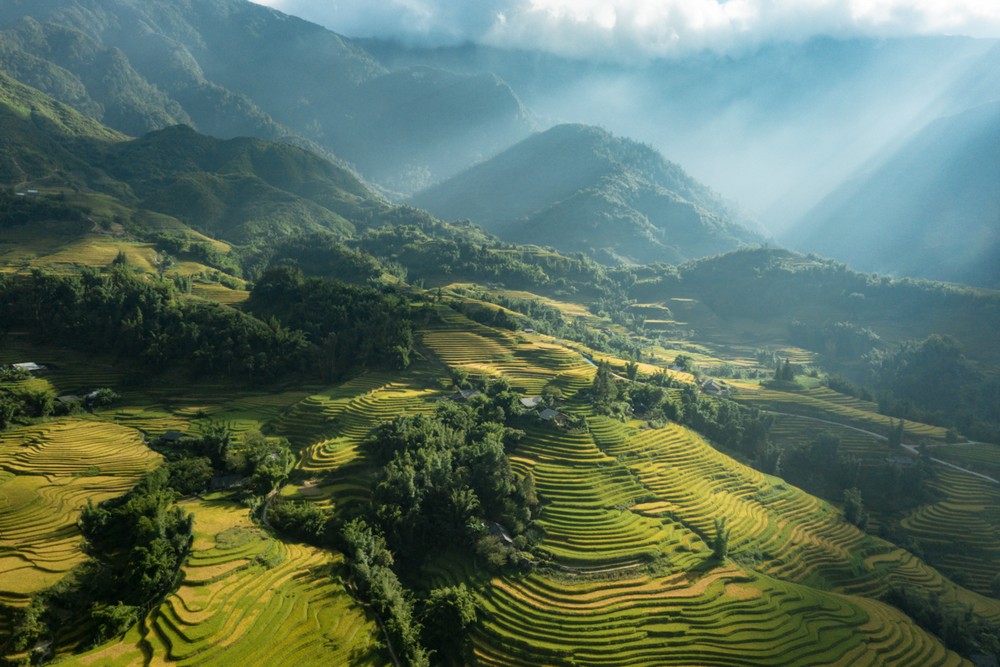

Sapa, nestled in the northern province of Lao Cai in Vietnam, has progressively transformed from a quiet mountain town to one of the leading tourist destinations in the country. The history of Sapa as a holiday retreat dates back to the French colonial period.
In the early 20th century, the French, enticed by Sapa's mild climate and beautiful scenery, started developing the area into a hill station. They introduced European-style villas, churches, and gardens, some of which are still visited by tourists today. This foundational tourism development laid the groundwork for future growth once Vietnam opened its doors to international tourists.
However, the tourism industry in Sapa did not start booming until the early 1990s. With Vietnam's shift towards a market economy and the subsequent improvement in infrastructure, accessibility to Sapa improved. The completion of better roads and the introduction of the railway connecting Hanoi to Lao Cai made Sapa an accessible escape for travelers seeking out the allure of the highlands.
The town's touristic appeal is largely due to its stunning landscapes and rich cultural diversity. Sapa is famed for its terraced rice fields, which have been nominated as one of the seven most magnificent terraced fields in Asia and the world by US-based Travel and Leisure magazine. Furthermore, the region is home to several ethnic minorities, including the Hmong, Dao, Tay, and others, whose vibrant cultures and traditions add to the uniqueness of the Sapa experience.
The latest trends in Sapa tourism have seen a move towards sustainable and responsible travel. Tourists are becoming more conscious of their impact on the local environment and communities and are seeking more authentic and eco-friendly travel experiences.
Eco-tourism is on the rise, with more accommodations and tours focusing on minimizing tourism's environmental footprint and maximizing social and economic benefits for the local population. Many local homestays and lodge operators are now embracing this ethic, providing visitors with green accommodation options and cultural immersion experiences.
Adventure tourism has also grown in popularity. Sapa's rugged terrain, high peaks, and colorful minority villages make it an ideal destination for trekking, mountain biking, and other outdoor activities. Fansipan, known as "the Roof of Indochina," continues to draw those looking to conquer its peak with an ever-growing number of hiking tours or now, more accessibly, via cable car.
Cultural and community-based tourism is flourishing too, with travelers increasingly interested in learning about the traditional ways of life. Visits to local markets, participating in cultural workshops, and even agricultural tourism, which allows guests to experience and participate in rice planting or harvesting, are now sought-after activities.
In response to global travel shifts, Sapa has also adapted to cater to the digital nomad community, providing facilities and services for remote workers who wish to enjoy the area over longer periods. In this respect, Sapa is positioning itself not only as a brief holiday spot but as a potential temporary base for international tourists.
To conclude, Sapa's tourism has evolved significantly from its colonial resort town origins to become a multifaceted travel destination. The blend of natural beauty, cultural richness, and adventure opportunity means Sapa continues to enchant and attract a diverse range of visitors from around the world.